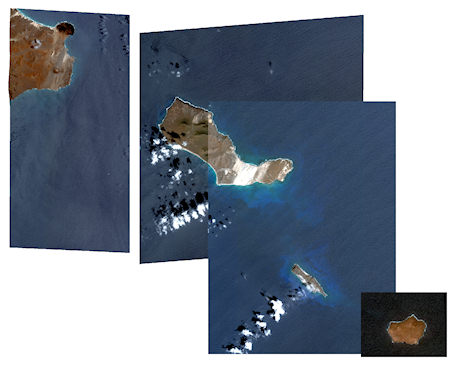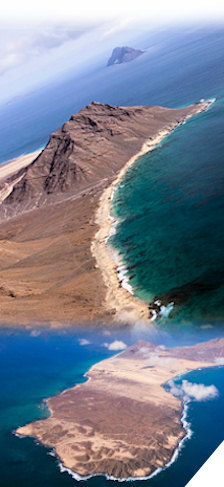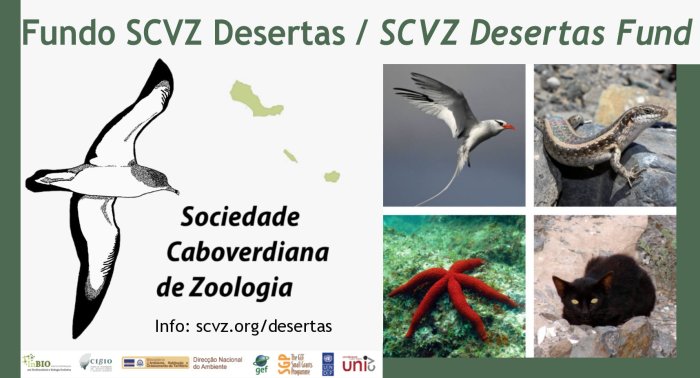
PROJECTO: Caracterização, distribuição e abundância da população de rabo-de-junco, Phaethon aethereus (Linnaeus 1758) no ilhéu Raso, Cabo Verde
CANDIDATA/CANDIDATE: Kátia Santos (Associação de Biólogos e Investigadores de Cabo Verde)
RESUMO O trabalho de monitorização da espécie Phaethon aethereus decorreu no ilhéu Raso, de Agosto a Dezembro de 2016. Durante as prospecções recolheram-se dados do comprimento (média= 63,4 mm), largura e altura do bico (média= 12,0/ 21,5 mm, respectivamente), comprimento da cabeça (média= 119,4 mm), comprimento do corpo (média= 164,2 mm), da asa (média= 297,9 mm), da cauda (média= 489,8 mm) e do tarso (média= 32,2 mm) e peso (média= 641,6 g); procedeu-se à anilhagem dos espécimes capturados e contagem e identificação do conteúdo dos ninhos, seguido da marcação física e respectiva localização no GPS dos mesmos. Todas estas informações foram organizadas numa base de dados. No total, foram recolhidos 42 dados biométricos de 37 adultos e 5 juvenis, e destes 41 indivíduos foram anilhados. Não houve nenhuma recaptura e pensa-se que isso se deve ao reduzido número de trabalhos realizados com P. aetherus nesta região, embora a equipa da ONG Biosfera I tenha anilhado alguns indivíduos em 2014. A existência de locais de difícil acesso permitiu a marcação de apenas 115 ninhos e devido a presença de espécimes de rabo-de-junco perto das colónias de Alcatraz, a contagem directa máxima foi de apenas 90 indivíduos. A população estimada a partir do número de ninhos foi de mais de 200 indivíduos.
PROJECT: Characterization, distribution and abundance of the red-billed tropicbird, Phaethon aetherus (Linnaeus 1758) in the Raso Islet, Cabo Verde
SUMMARY The monitoring work with Phaethon aethereus was carried out in Raso Islet from August to December 2016. During the surveys, data of length (mean= 63.4 mm), width and height of the bill (mean= 12.0/ 21.5 mm, respectively), head length (mean= 119.4 mm), body length (mean= 164.2 mm), wing length (mean= 297.9 mm), tail length (mean = 8 mm), tarsus length (mean= 32.2 mm) and weight (mean= 641.6 g) were collected; the sampled specimens were ringed and counted and the contents of the nests were identified, followed by their physical marking and GPS location. All this information has been organized into a database. In total, 42 biometric variables were collected from 37 adults and 5 juveniles, and 41 of these individuals were ringed. There was no recapture and perhaps this is due to the low number of works carried out with P. aethereus in this region, although the team of the NGO Biosfera I has ringed some individuals in 2014. Due the difficult access to some places, only 115 nests were marked, and due to the presence of red-billed tropicbird specimens near the brown booby colonies, the maximum direct count was only 90 individuals. The estimated population based on the number of nests was more than 200 individuals.
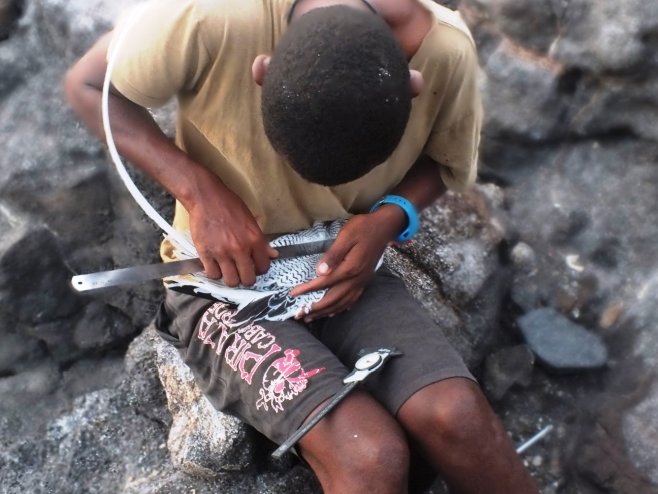
Fig. 1 – Um ajudante da candidata a recolher variáveis biométricas de um exemplar de rabo-de-junco, Phaethon aethereus (Foto: Isabel Rodrigues). | The candidate assistant recording biometric data from a red-billed tropicbird Phaethon aethereus individual (Photo: Isabel Rodrigues).
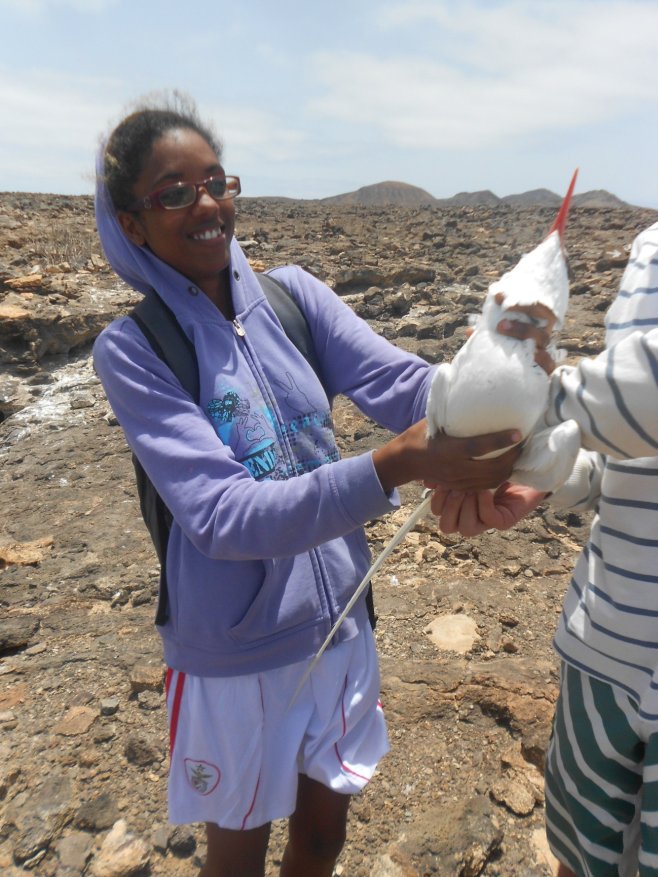
Fig. 2 – Uma ajudante da candidata a realizar trabalho de campo no ilhéu Raso (Foto: Isabel Rodrigues). | The candidate assistant performing fieldwork on Raso Islet (Photo: Isabel Rodrigues).
